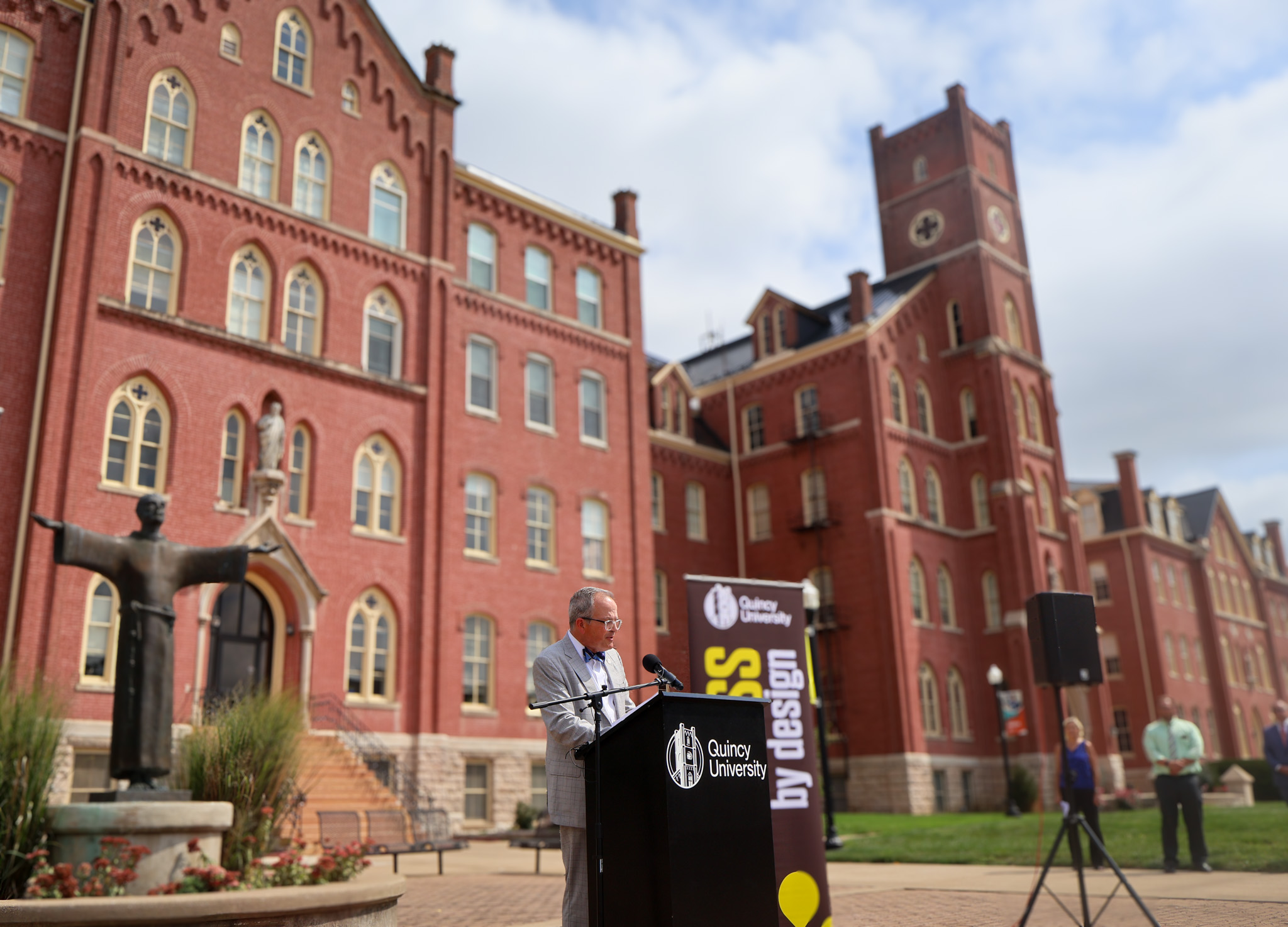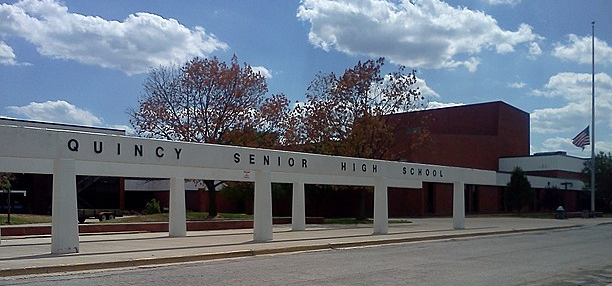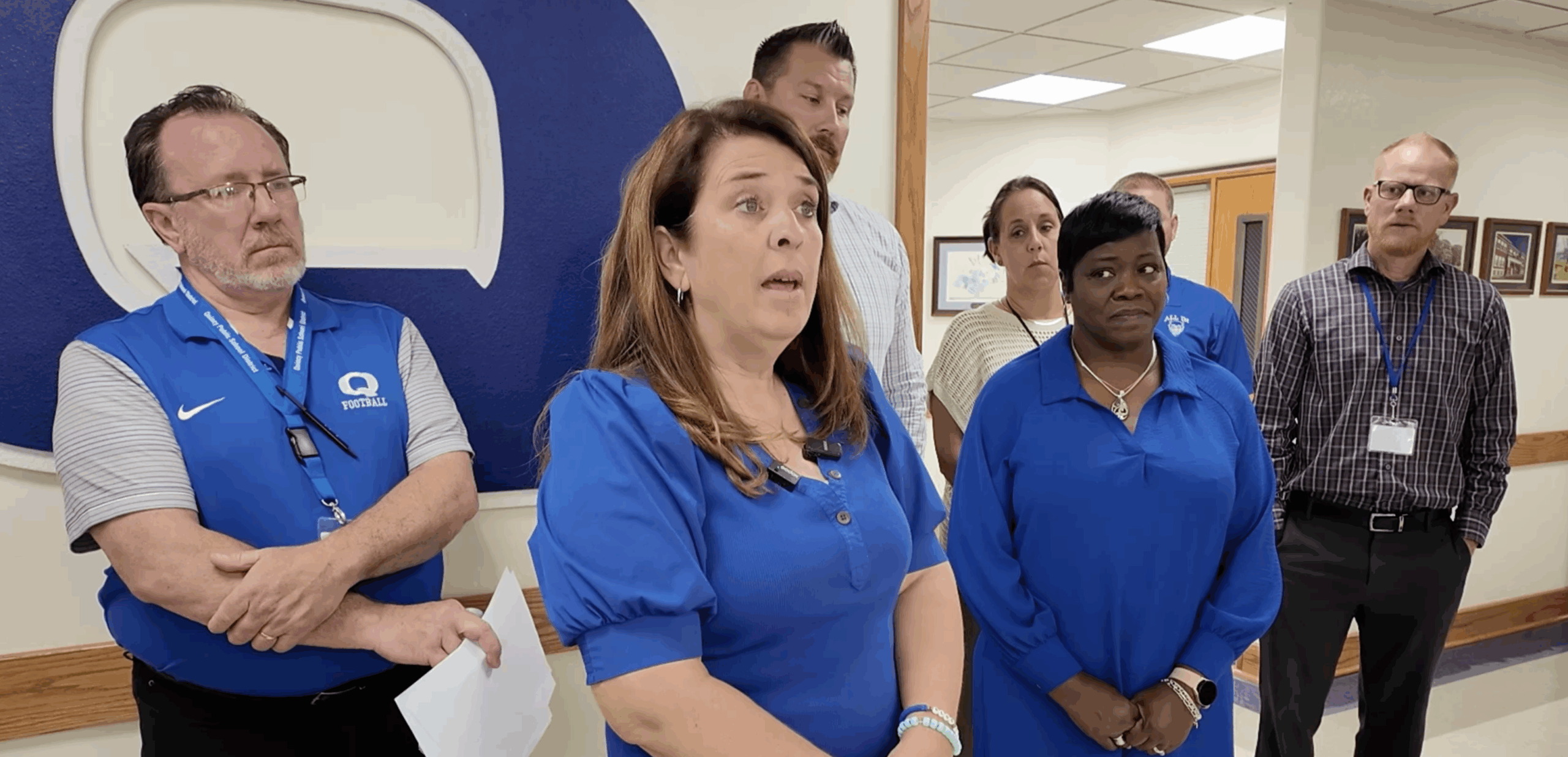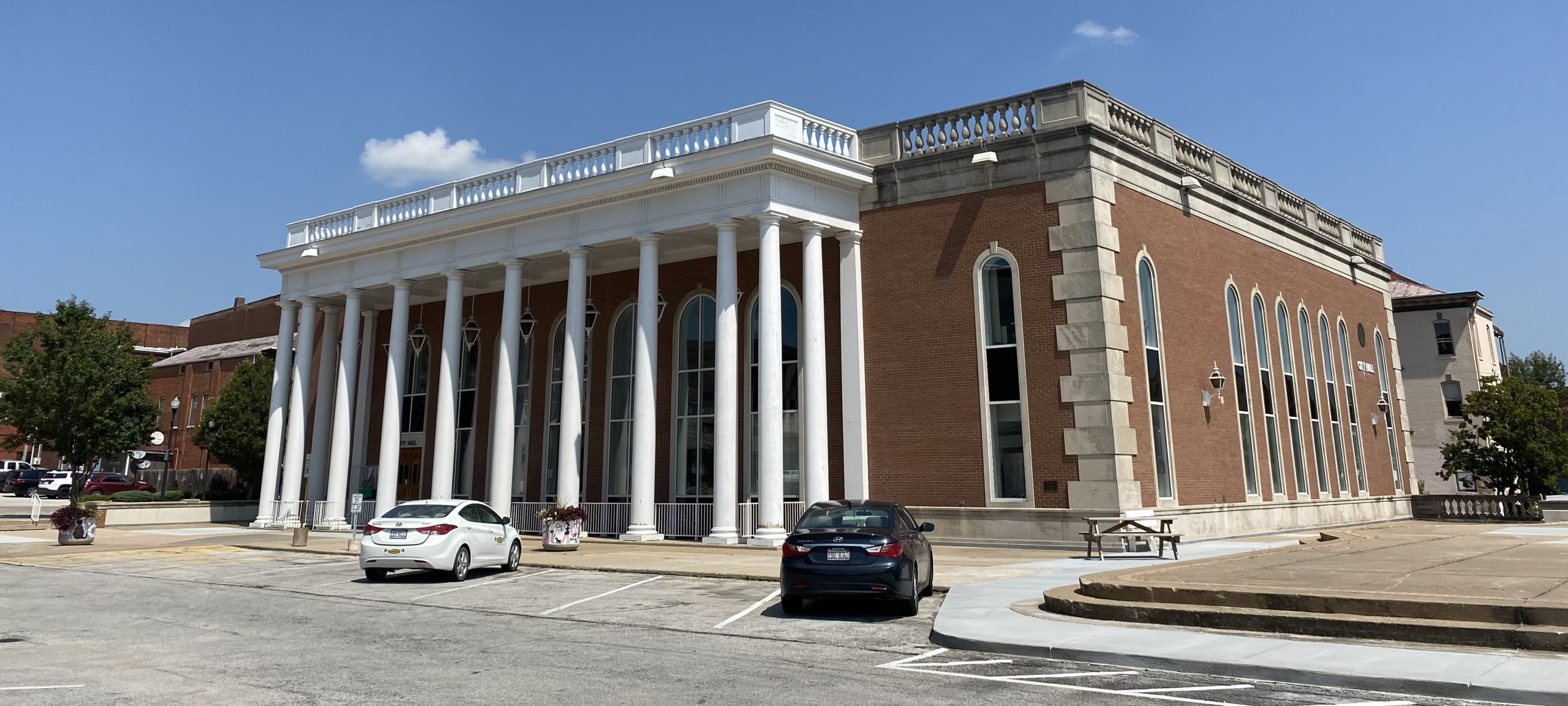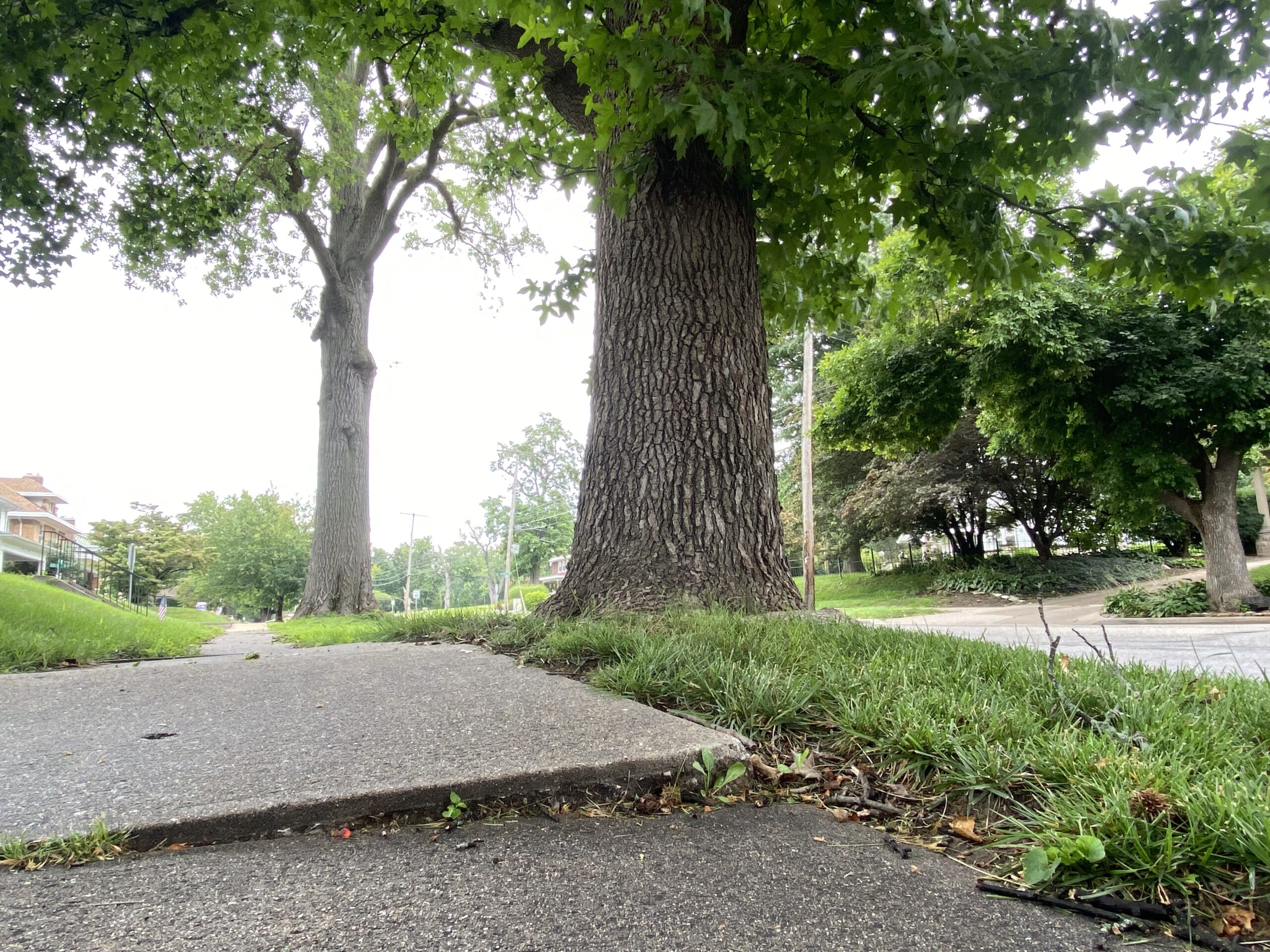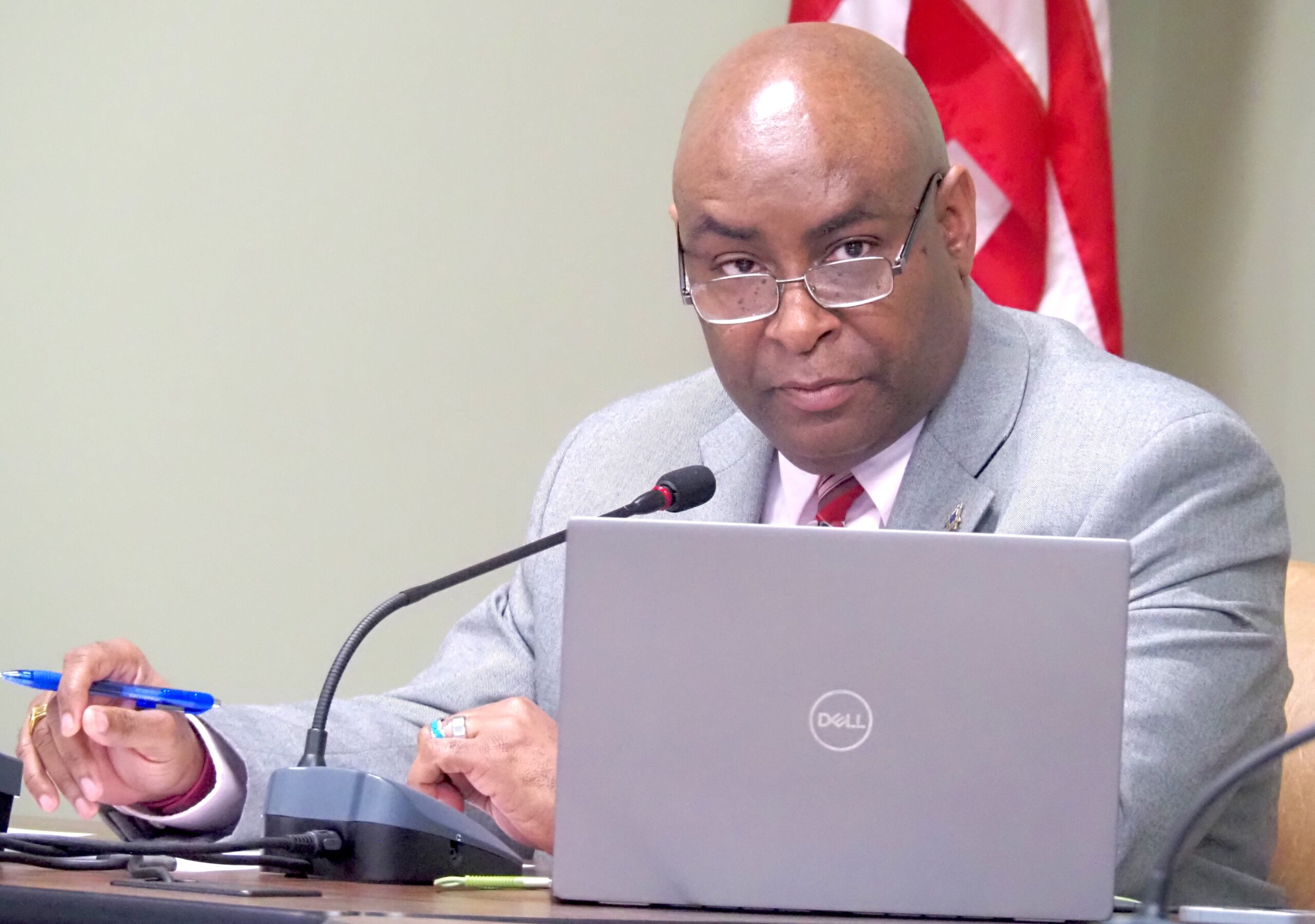Quincy In front of Francis Hall on Tuesday afternoon, Quincy University (QU) President Brian McGee revealed yet another set of fundraising records. The entire annual fundraising hit $19 million, which is almost twice the previous record, while the QU Fund surpassed its prior record by more than $1 million.
Laura Cornille-Cannady, who co-chaired this year’s QU Fund with her husband and fellow 1979 QU alumni, Randy Cannady, said it was undoubtedly a terrific year to be a Hawk.
Large donations from a select few contributors are included in the total annual fundraising totals, whereas the QU Fund is made up of unlimited smaller donations from numerous individuals. The athletic department, other academic departments, and student clubs and organizations receive the money earned for the QU Fund.
During the fiscal year (FY) 2021–2022, a record of $10.4 million was raised, which was more than 20% more than the previous record set in FY 2019–2020.
A year later, in June 2023, donations to the QU Fund hit an all-time high of over $1.31 million from over 3,200 donors, despite the fact that overall annual fundraising was less than the year before. In June 2024, the QU Fund set yet another record, receiving donations totaling $1.43 million from 3,400 donors.
However, thanks in large part to four distinct gifts of $3 million or more, the most recent figures of $1.55 million for the QU Fund and $19 million overall are in another ballpark.
At a time when American colleges and universities, including QU, are under a lot of financial strain, these donations have helped to meet urgent requirements, McGee said. As we start this academic year, this money has already done a lot to build a new and better QU.
Classrooms, facilities, and residence halls have been updated and improved, new faculty has been employed, and new lab equipment has been acquired. Electrical and mechanical engineering are among the new programs that have been introduced, and two more doctoral programs are scheduled to begin next year.
The aSTUNT program, a competitive cheer sport that emphasizes the technical and athletic aspects of cheerleading, is another addition to the university’s women’s varsity sports programs. According to biology student Michaelia Goodwin, exercise science student Gabi Cissna, and criminal justice student Rylee Mellon, the program was a major factor in their choice to enroll at QU.
“Being able to keep up with cheer was a big goal for me because I’ve done gymnastics for a long time,” Mellon, a sophomore. It was the ideal decision for me because it was close and provided my major.
Claire Heaton, a sophomore majoring in business and finance, said what drew her in was the school’s size and its close proximity to her hometown of Carrollton, Illinois, which is less than two hours away.
According to Heaton, you have more one-on-one time with your teachers to truly receive the instruction and support you require. It simply has the vibe of a family.
According to McGee, QU is a dynamic school entrusted with educating students for an even more dynamic workforce in the quickly changing higher education scene.
According to him, artificial intelligence has caused the world to transform, with new sectors emerging and established companies reinventing themselves. Every student who enters will receive a top-notch, foundational liberal arts education, but we will also equip them with skills that are relevant to a completely new workforce and environment.
The revelation on Tuesday was made precisely 15 months after a St. Louis Post-Dispatch article that highlighted a watchlist of Midwestern universities that the Scholarship Foundation of St. Louis had estimated were at risk of closing because of severe financial difficulties.
In the St. Louis Post-Dispatch article, QU received three paragraphs of special attention for being of particular concern because of recent financial scores and disclosures, and it was highlighted in red on the March 2024 watchlist. Not in red, but on the watchlist were Drake University in Iowa, Maryville University in St. Louis, Culver-Stockton College in Canton, and Marquette University in Wisconsin.
Institutions were placed on the watchlist based on two composite scores: the Forbes College Financial Health Score and the US Department of Education (ED) Financial Responsibility Score.
QU was one of eight private, non-profit, and proprietary institutions to get a financial responsibility composite score of 0.0 from the ED for the fiscal year 2022–2023, the most recent data available. Composite ratings were negative for around 90 institutions.
(A higher score indicates better financial responsibility; the scale goes from negative 1.0 to positive 3.0. It is based mostly on a net income ratio, an equity ratio, and a primary reserve ratio, although it can also be established by posting a letter of credit or keeping track of cash.)
The university’s most recent ED composite score is the lowest since it was added to the list following the fiscal year 2008-2009. It achieved its maximum rating, 2.7, for the fiscal year 2010–2011.
Shortly after it was published, McGee rejected the Post-Dispatch story, saying its writers were taking potshots, using confusing, inaccurate, or insufficient facts, and lacked knowledge of higher education.
According to McGee, the University of the Incarnate Word in San Antonio, Texas, which has an endowment of over $175 million, and the Rose-Hulman Institute of Technology in Terre Haute, Indiana, which has an endowment of over $200 million, were on the foundation’s watchlist.
McGee stated at the time, “The one thing I can tell you about Rose-Hulman is that they don’t have any financial crises to worry about anytime soon.” Questions will be raised about a university that is experiencing staff reductions, budget cuts, or declining enrollments. I just stated things that we aren’t doing in our situation. We’re on the right track with our trends.
In November 2024, QU was still marked in red on the foundation’s updated watchlist, which was released just in the midst of the university’s biggest fundraising year ever.
McGee reassured the roughly 100 students and staff members present that the institution is on the rise before concluding Tuesday’s press conference with a chorus of “It’s a great day to be a hawk.”
He stated that the best is yet to come for QU.
